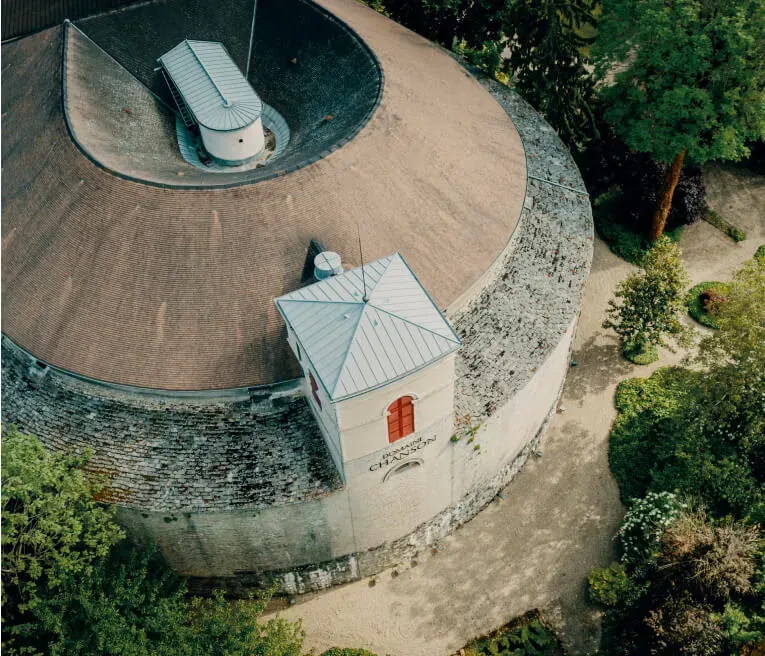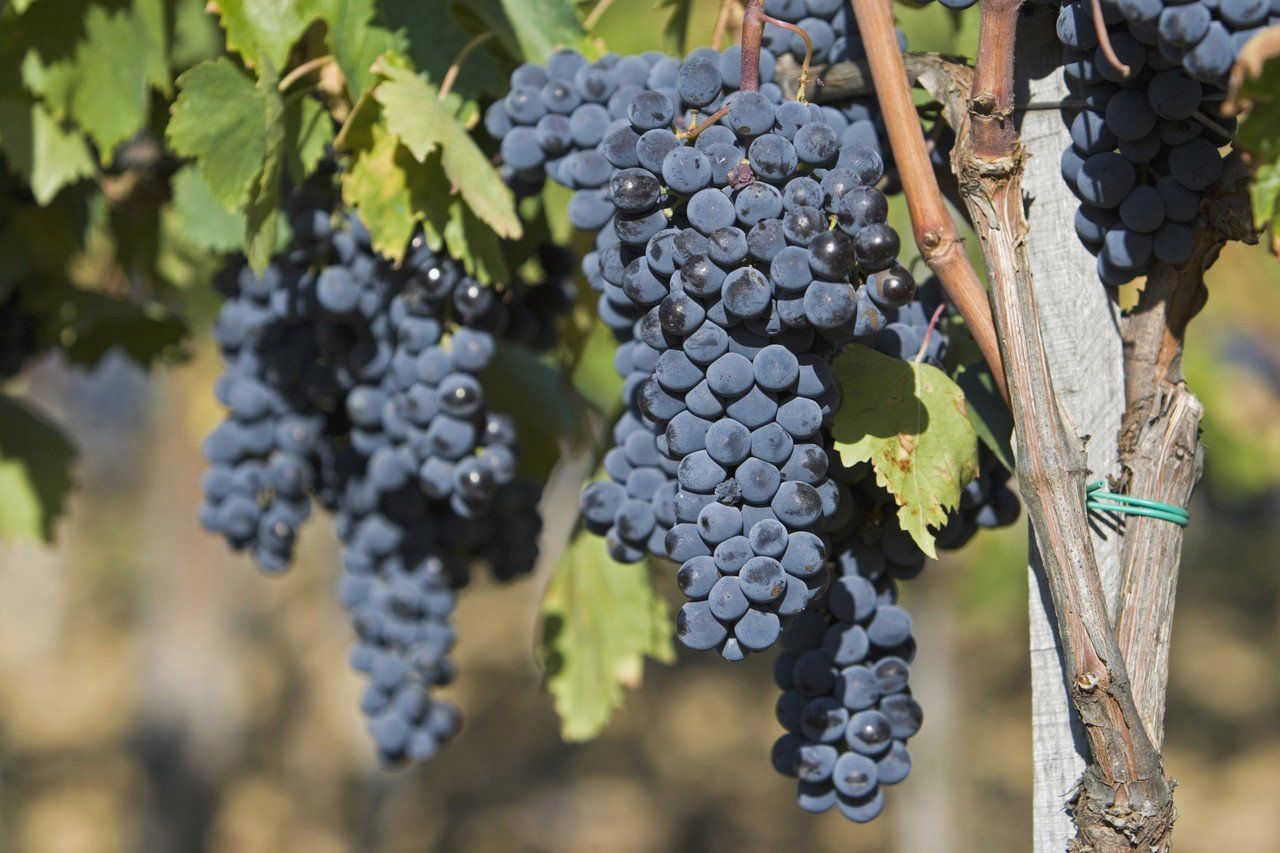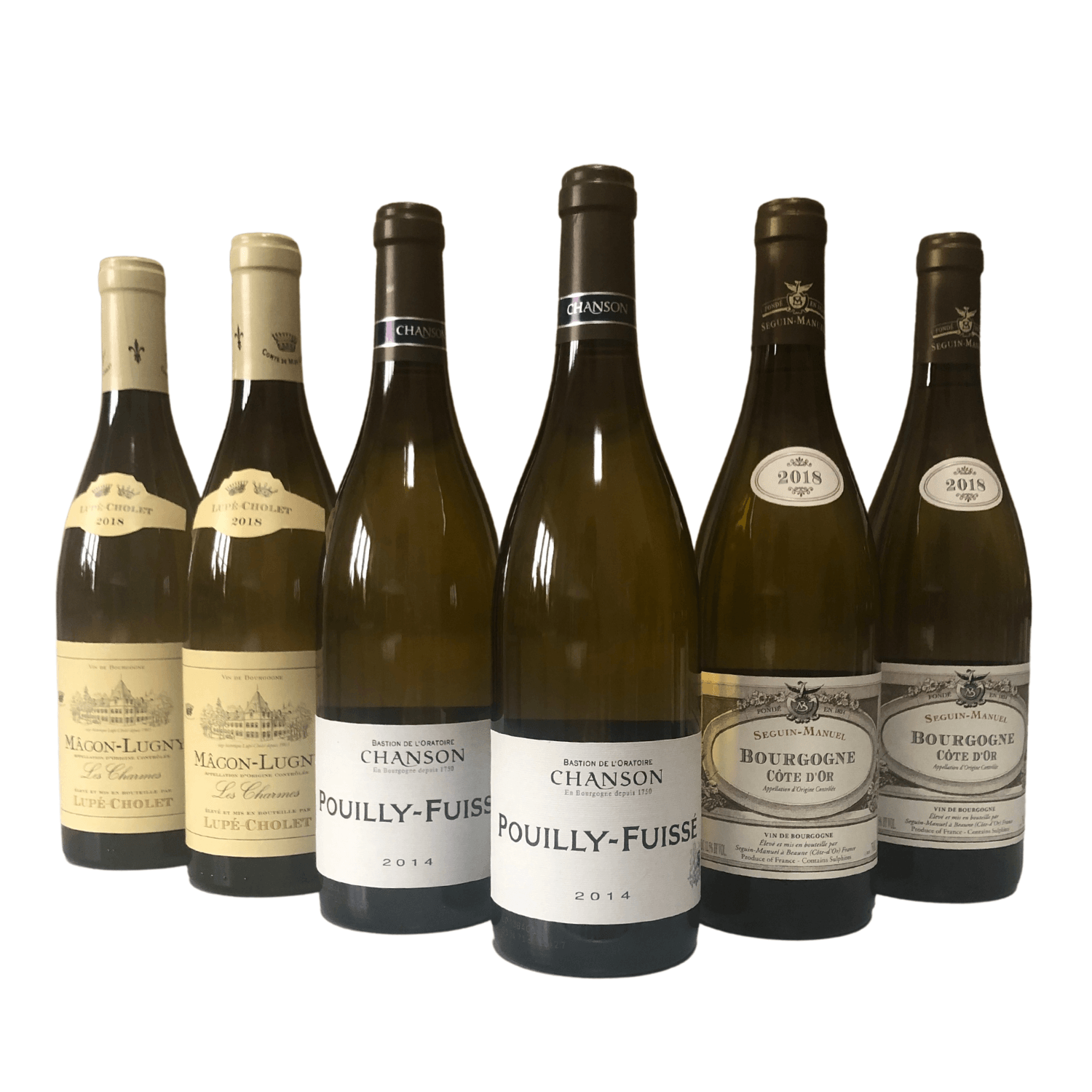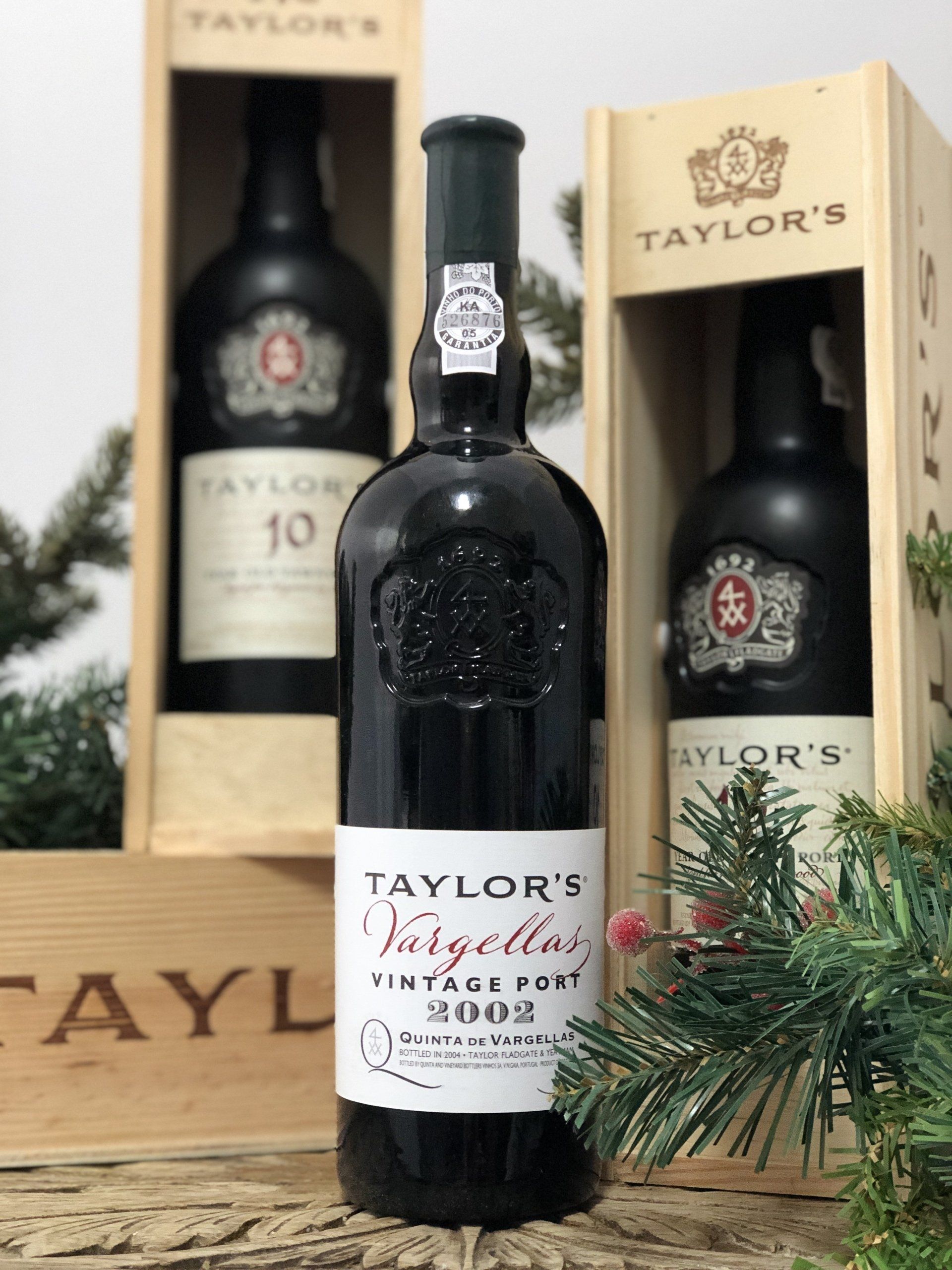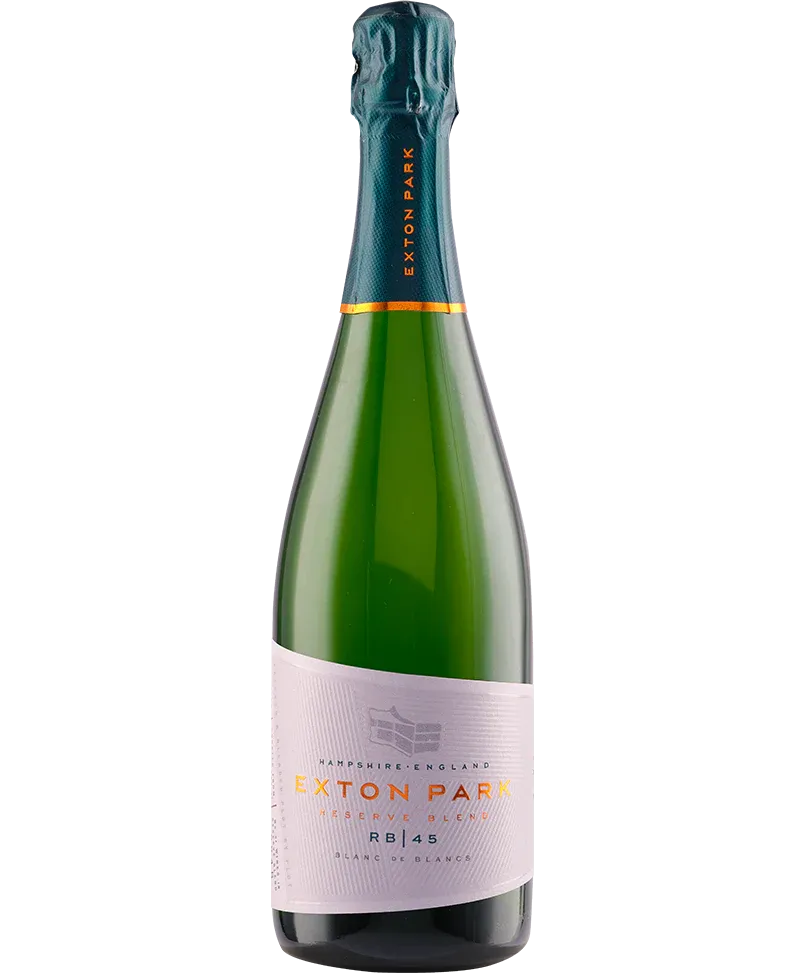The Luxury Wine Gifting Guide: How to Choose the Perfect Bottle for Any Occasion
Wine is more than just a beverage; it's an experience, an art, and a gesture of thoughtfulness, especially when gifted. Selecting the perfect bottle can elevate an occasion, transforming it into a memorable and special event. Whether you're searching for a premium wine gift for a friend or an elegant wine gift for a corporate event, this guide will help you navigate the intricate world of luxury wine gifting, ensuring that your choice leaves a lasting impression.
Before you select a wine, it's crucial to consider the recipient's preferences. Are they a wine connoisseur who appreciates the subtle nuances of different varietals, or someone who enjoys the occasional glass without much fuss? Understanding their taste can guide you in choosing a wine they'll truly appreciate and cherish, making your gift more meaningful.
Wine Preferences
- Red, White, or Rosé?: Knowing the recipient's preferred type can narrow down your choices significantly. For instance, if they are a fan of bold and robust flavors, a
full-bodied red wine might be ideal. Conversely, if they enjoy lighter, crisper options, a white or
rosé may be more suitable.
- Sweet or Dry? Some people delight in the sweetness of a Moscato or a Riesling, appreciating the fruity notes and refreshing finish. Others might lean towards a dry Cabernet Sauvignon or a Pinot Noir, valuing the complexity and depth these wines offer.
- Sparkling or Still? Sparkling wines like Champagne or Prosecco add a festive touch to any occasion, making them a popular choice for celebrations. Still wines, on the other hand, can be enjoyed more casually and paired with a variety of meals, offering versatility in gifting.
The Occasion Matters
The context in which you're giving wine can influence your choice significantly. A high-end wine gift for a wedding might differ from one intended for a housewarming party, as each occasion carries its own significance and expectations.
Weddings and Anniversaries
For such significant milestones, opt for exclusive wine gifts that symbolize celebration and longevity. Consider a
vintage Champagne or an
aged Bordeaux, which not only adds a touch of sophistication to the occasion but also resonates with the themes of enduring love and commitment. These wines are often associated with luxury and can be savored during a special moment, making them ideal gifts for such events.
Birthdays and Personal Celebrations
Gourmet wine gifts are perfect for birthdays and personal milestones, where the focus is often on celebrating an individual's journey. Consider a special year in the recipient's life and select a wine from that
vintage, adding a personal touch to the gift. This thoughtful approach can evoke cherished memories and make the occasion even more significant.
Corporate Gifts
When gifting in a business context, elegance and professionalism are key. Sophisticated wine gifts, such as a premium Left or Right bank
Bordeaux or a
Spanish Gran Reserva Rioja, can leave a lasting impression, reflecting your appreciation for the recipient's partnership or achievements. These wines, known for their quality and prestige, convey a message of respect and admiration, making them ideal for corporate gifting.
Selecting the Right Wine
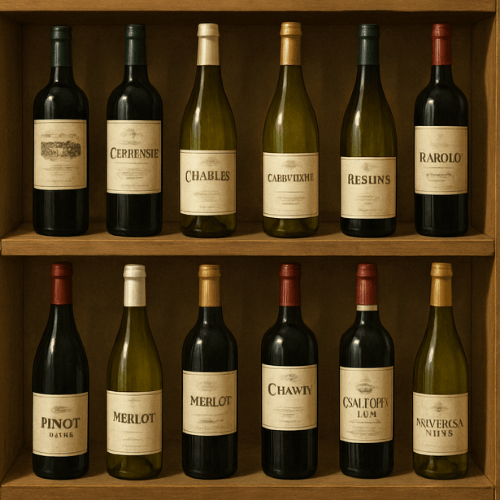
New title
Understanding different wine regions and varietals can enhance your gifting choice, as each region offers unique characteristics that cater to diverse palates. Recognizing these distinctions can help you select a wine that aligns with the recipient's preferences.
- France: Known for its
Bordeaux and
Burgundy, France offers a range of elegant wines that are often associated with tradition and refinement. These wines are celebrated for their complexity and balance, making them a classic choice for discerning wine enthusiasts.
- Italy: Famous for Chianti and Barolo, Italy is perfect for those who enjoy robust flavors and rich culinary traditions. Italian wines are often paired with food, making them an excellent choice for recipients who appreciate the art of dining.
- California: Home to Napa Valley, California offers bold and fruit-forward wines that are popular for their approachable and versatile nature. These wines can appeal to both seasoned wine lovers and those new to the world of wine.
Vintage and Aging
Older vintages often carry a sense of exclusivity and prestige. When choosing high-end wine gifts, consider the
aging potential of the wine, as some wines improve with age, offering deeper flavors and complexity. A well-aged wine can serve as a testament to patience and the art of winemaking, making it a treasured gift for significant occasions.
Presentation and Packaging
How the wine is presented can enhance its perceived value and add to the overall gifting experience. Look for wines that come in beautiful packaging, such as a
decorative box or elegant bottle, which can make the gift feel more special. Consider adding a personalised touch with a custom label or a
wooden wine box, creating a keepsake that the recipient can cherish long after the wine is enjoyed.
Pairing Wine with Food
Wine and food pairing can transform a meal, elevating both the dish and the wine. When selecting a luxury wine gift, think about how it compliments meals, the recipient might enjoy, enhancing their dining experience.
Classic Pairings
- Red Wines: Pair well with red meats, rich pastas, and strong cheeses, enhancing the flavors of hearty dishes and creating a harmonious dining experience.
- White Wines: Compliment seafood, poultry, and light salads, providing a refreshing contrast that highlights the delicate flavors of these dishes.
- Sparkling Wines: Versatile with appetizers and desserts, offering a celebratory touch that can be enjoyed throughout a meal.
Gourmet Food and Wine Baskets
Consider creating a gourmet basket with complementary items such as artisanal cheeses, chocolates, or charcuterie. This not only enhances the gift but also provides a ready-made tasting experience, allowing the recipient to explore the flavors of the wine alongside curated delicacies. A
well-thought-out basket can make the gifting experience more interactive and enjoyable.
Personalising Your Wine Gift
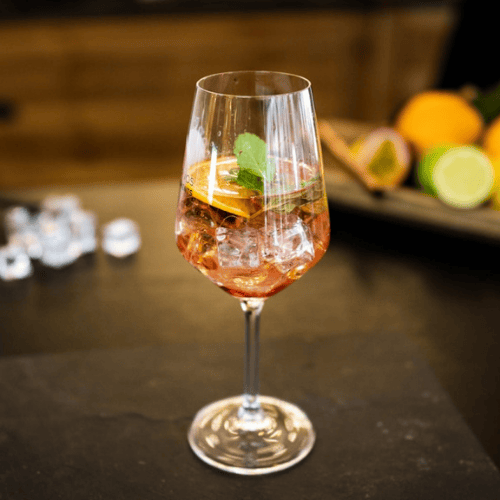
Adding a personal touch to your gift can make it more meaningful and memorable. Here are some ideas to consider:
Custom Labels
Design a custom label with a heartfelt message or the recipient's name, adding a unique element to the gift that shows extra thoughtfulness. This personalized touch can make the wine feel like a one-of-a-kind gift, enhancing its sentimental value and making it a cherished keepsake. Need to be aware that a certain volume would be needed for this.
Gift Sets and Accessories
Include wine accessories like a quality corkscrew, aerator, or elegant wine glasses to complete the gift. These additions enhance the wine experience and are always appreciated, as they allow the recipient to fully enjoy their wine with the proper tools and settings. A well-curated set can elevate the gifting experience and show your attention to detail.
Wine Subscription Services
For a gift that keeps on giving, consider a wine subscription service. This allows the recipient to explore new wines regularly, making it an exciting and ongoing experience. Each delivery can offer a new discovery, expanding their palate and creating anticipation for each new bottle. A subscription is a thoughtful way to offer a continuous experience of enjoyment and exploration.
Final Thoughts
Choosing the perfect luxury wine gift involves understanding the recipient, considering the occasion, and selecting a wine that matches their preferences. Whether it's a high-end wine gift for an anniversary or a sophisticated wine gift for a business associate, the right choice can make a lasting impression and create meaningful memories.
Wine gifting is an art, and with the right approach, you can elevate any occasion with a bottle that speaks volumes. Remember, it's not just about the wine itself but the thought and care that goes into selecting it. Your attention to detail and understanding of the recipient's tastes can transform a simple bottle of wine into a memorable and cherished gift.
Embrace the elegance of
wine gifting and create memories that linger long after the last glass is enjoyed. Cheers to thoughtful gifting and the joy of sharing a glass of fine wine, celebrating the connections and moments that bring us together.
